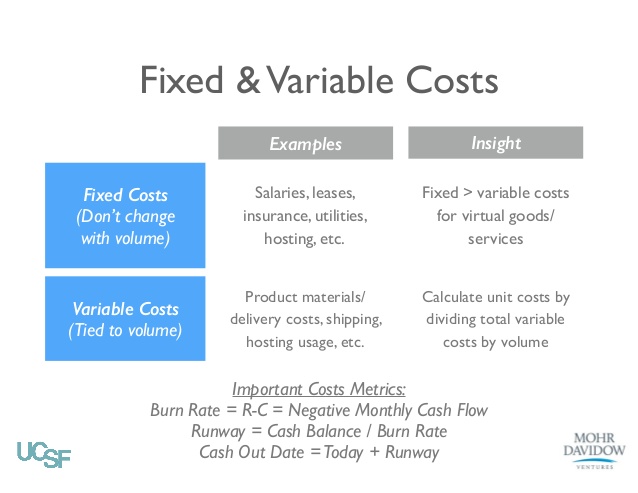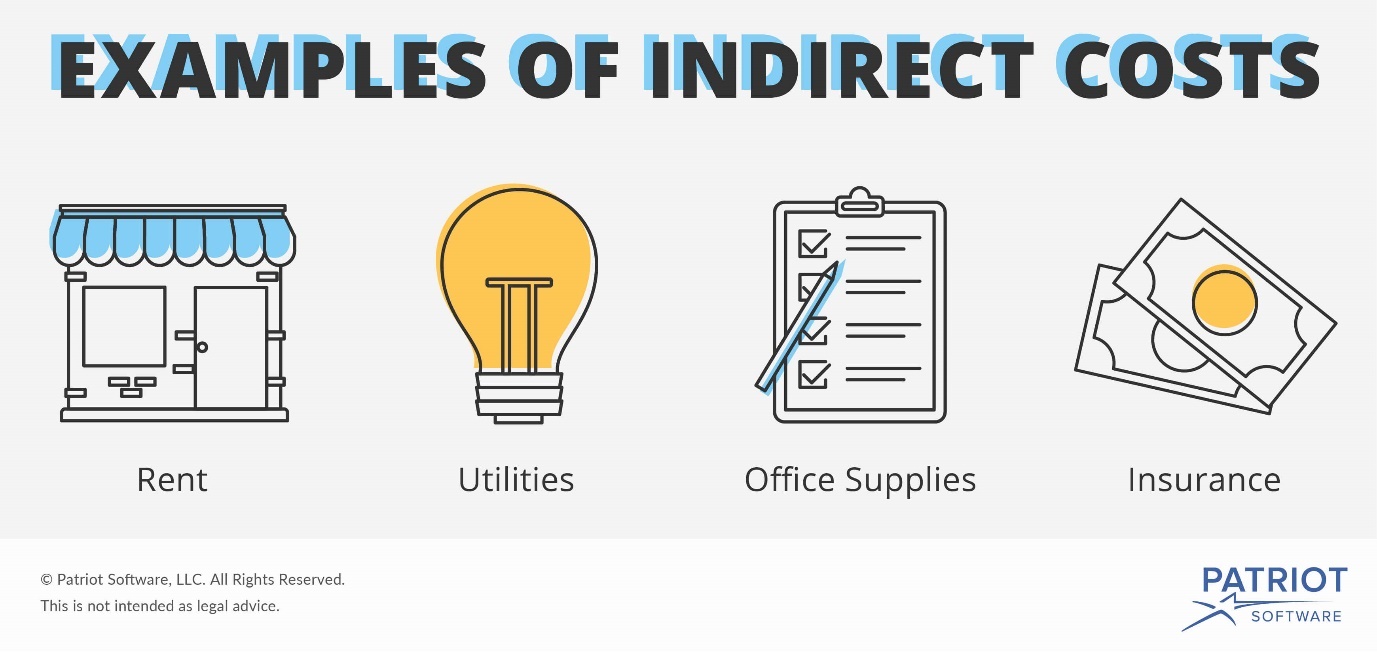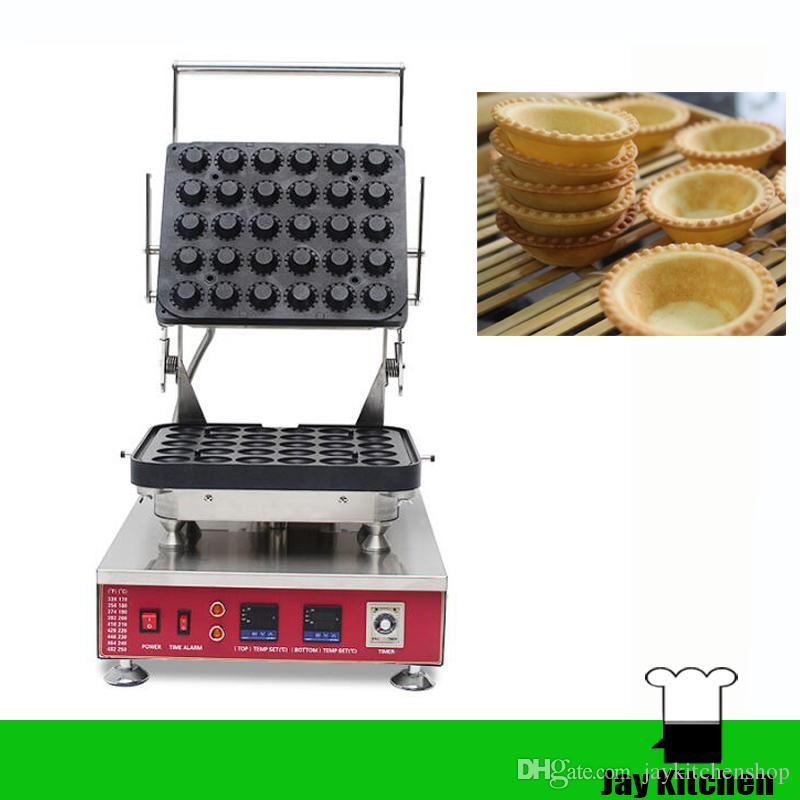Introduction
Across the UK, no seller of authentic Japanese cheese tarts exists. BAKE Cheese Tart is the most trusted producer of authentic Japanese cheese tarts, but it has no operations in the UK or any other location in Europe. Therefore, Japanese cheese tart lovers in the UK (and Europe at large) have been suffering because they cannot access the product there. Our company will produce authentic Japanese cheese tarts serving all these customers in the UK. Our competitive edge is selling a unique product that no one else in the UK sells (Noe et al. 2017). People will buy the product because of its authenticity, quality, and uniqueness (Jones, Harrison & Felps 2018; David & David 2016).
People will also buy the product because it is the only one in the market; there are no competitors now. Consumers in the UK, especially those originally from Japan and those who have visited Japan several times in the past, sometimes miss authentic Japanese confectionaries. By providing authentic Japanese cheese tarts, we will help them remember what it is like to be in Japan; our customers will feel like they are back in Japan when they are just at a Selfridges store somewhere in the UK.
Authentic Japanese Cheese Tarts: Business Plan
Venture Overview
The venture focuses on the production of freshly baked Japanese cheese tarts. The confectionary will be baked daily in the store so that it remains fresh and tasty. Every single cheese tart that the company produces will be crafted by experienced Japanese chefs, giving them an authentic and unforgettable taste (Campbell 2017). The company will use the founder’s passion for the job, business experience, and fine ingredients to ensure that the cheese tart is delicious, truly Japanese, and fresh (Centamore 2015).
With a well-balanced creaminess, we will ensure that our mousse has a fluffy texture, refreshing tartness, and perfect taste. The crispy tart crust will be made from a uniquely Japanese method of baking and an original blend of flour. The product will contain rennet, milk, egg, and wheat and could be enjoyed fresh, chilled, frozen, or warm. Since we will ensure that only the finest curated ingredients are used, our Japanese cheese tarts will be a success.
For the first five years of existence, the product will be produced in the Selfridges Food Hall. This is a strategic location because the people that shop at Selfridges stores prefer high-quality and authentic products (Correia, Kozak & Kim 2019). By locating ourselves in the Selfridges Food Hall, we increase our chances of achieving success and fulfilling the demand. The product will also retail in the John Lewis food court in London. Like Selfridges, John Lewis in London appeals to people seeking distinction due to their exquisite tastes (Remy, Catena & Durand-Servoingt 2015).
Therefore, locating the Japanese cheese tart retailer there increases the chances of success. Over the years, new stores will be opened in other parts of the country and the continent. The initial goal is to survive in the market and to generate enough demand to warrant expansion. Apart from the brick-and-mortar stores, the product will also retail online. An e-commerce website will be built to facilitate same-day delivery of orders.
Financial Plan Overview
50,000 Pound sterling will be used to kick start operations in the UK market. Some of the money will go into the purchase of necessary ingredients and the hiring of skilled individuals to facilitate the production and selling of the tart. No money will be needed for setting up a store from the ground up because Selfridges Food Hall will offer the needed space. After that, each authentic Japanese cheese tart will retail at £2.95. A box of six tarts will retail for £15.10. We hope to sell 100 tarts every day, which amounts to £295 a day. At this rate, the business will break even after about six months. The business could break even earlier because Selfridges Food Hall is always busy and we are likely to sell more than 100 tarts a day, especially after people recognize the availability of the product. More revenues will also be generated through the online platform.
Business Objectives
The main objective of the business is to survive in the market. During the first few months of existence, businesses often experience significant challenges that make it difficult to achieve profitability, and surviving can be hard (Chatterji et al. 2019). Therefore, it would be important for the organization to focus on dealing with some of the challenges that may arise following its establishment.
Once the business has survived, the second objective is to generate sufficient demand to remain afloat. Demand can be generated through marketing, advertising, and other promotional methods. The focus of the promotional methods should be to convince people that the product in question is high-quality, dependable, and authentic (Hill & Alexander 2017). The more people are convinced that the tarts on offer are authentic Japanese, of high quality, and competitively priced, they will purchase the product in large numbers. Generating demand for the product will ensure that the company has reasonable revenues to continue operating in the market. Other SMART objectives include:
- To sell at least 100 individual tarts at the Selfridges Food Hall and at least 50 individual tarts from the e-commerce website
- To ensure that all tarts are baked and sold the same day and that all online orders for the tarts are processed and completed the same day
Source of Competitive Advantage
The product targets people in the middle class and above. Japanese cheese tarts can be quite expensive, and this means that not everybody will be willing to spend their money on them. Even among the middle class and the rich, there is a need to do extensive marketing and advertising to ensure that all of them are aware of the product and are willing and able to purchase it (Krishnaswamy 2017).
For this reason, social media marketing will be used to popularise the product. Facebook, Twitter, Instagram, and YouTube accounts will be created to focus on advertising the product. Social media advertising is desirable because it can be cheap, easy to implement, and effective. Status updates, pictures, and videos will be uploaded to these social media pages daily for a whole year to increase the chances of success. The posts will include witty statements and memes to catch the interests of those who view them and to encourage them to share the same with their friends.
The mission during the first year would be to survive and to grow demand. The mission will be accomplished by following the company’s vision of becoming the leading producer and retailer of authentic Japanese cheese tarts in the UK and the whole of Europe. The key partners, key activities, value propositions, customer relationships, customer segments, key resources, channels, cost structure, and revenue streams will be aligned with this vision (Solaimani, Bouwman & Itälä 2015).
Key partners for the project include Selfridges and John Lewis. Key activities include baking the Japanese tarts and selling them; the main value proposition is delivering authentic Japanese cheese tarts to all customers irrespective of their age, gender, race, or religion. In customer relations, clients would be gotten through advertising and maintained through the provision of high-quality products on time at the right location (Bellingkrodt & Wallenburg 2015). Only one customer segment will be served, and that is the general market. For this reason, the key resources will include the management, the employees, the website, and the ingredients used in the production of the tarts (Kong 2015). The channels for the distribution of the product include the e-commerce website and the brick and mortar Selfridges Food Halls.
The most important costs inherent to the business (in other words, the cost structure) will be determined with time. However, enough money is needed to start and run the business. Some of this initial capital will go into the development of a website, hiring experienced personnel, and paying for advertising and marketing services (Wright et al. 2015). The revenues streams for the product will include, without limitation, an authentic Japanese taste, convenience, and uniqueness.
Customers will be willing to pay for the authentic Japanese tart because of the quality associated with it. Individuals are also willing to pay for convenience, which is why customers ordering their tarts online will pay more compared to those that order at the physical Selfridges Food Halls (Roy, Lassar & Shekhar 2016). Based on the provided business model canvas, it is evident that the company will make its profits through the sale of authentic Japanese cheese tarts.
However, the source of the company’s competitive advantage is varied. The first one is the uniqueness of the product. Throughout the UK, no seller of authentic Japanese Cheese exists. Therefore, we will be the only ones selling the Japanese cheese tart in the region. The next competitive advantage is the location (Alcácer, Dezső & Zhao 2015). The product will retail at the Selfridges Food Halls spread across the UK.
The location is appropriate because it enjoys great traffic from high-end customers who are likely to purchase the authentic Japanese cheese tart that we promise to offer. The information that these customers provide will also be useful in designing the service in the future and ensuring that the customers get what they need (De Haan, Verhoef & Wiesel 2015). Lastly, the Japanese cheese tart will use authentic Japanese style and ingredients. This is yet another source of competitive advantage for the product. No other product in the market is made using the Japanese method.
Critical Risks/Threats and Opportunities
One of the main risks associated with this business is the inability to survive. Many start-ups often fail because the first few months of operation are turbulent and unpredictable (Cantamessa et al. 2018). Indeed, surviving the first year of operation is a sign that a business might become profitable in the future. Another risk or threat associated with the opportunity is that it might encourage competition.
If the product becomes successful, more Japanese cheese tart shops may mushroom across the UK or in other parts of Europe making it hard for the expansion of current operations (Nair & Blomquist 2019). There is an opportunity to grow the idea into a profitable business or restaurant. For example, the tart can be sold alongside several types of beverages, including without limitation, fruit juices, and coffee.
Market Analysis
Tart business is big in the UK and many developed countries. For example, more than eight million Brits eat chocolate and confectionaries every day (Team 2019). Therefore, the demand for sweets in the UK is high. An adult in the UK consumes about 30 kilograms of sugar annually in form of sweets, soft drinks, cakes, bread, and yogurt (Boseley 2016). In this regard, satisfying the demand can be hard, which explains why many tart companies exist in the UK today. None of them sells authentic Japanese cheese tart.
Also, due to quality concerns, most of the available tart options in the UK retail at between £1.39 (for eight) and £3.39 (for six people). Our authentic Japanese tart will retail at £15.10 (for six), which is quite high compared to the available options. Two things will contribute to the high price, these are freshness and authentic “Japaneseness.” The tart will be fresh in that it is baked and sold the same day, unlike most commercial tarts which are mass-produced and sold in supermarkets.
Competitor Analysis
Currently, there are no competitors for the proposed product in the UK and the whole of Europe. Authentic Japanese cheese tart cannot compete with existing tarts because it is unique and of high quality. BAKE Cheese Tart is one of the few producers of authentic Japanese cheese tart (Guha 2017). However, it has no operations in the UK. Another potential threat is that two sisters are looking for finances to start a Japanese tart company within a year.
Management Team
The leadership of the company will be comprised of a director, a human resource manager, a finance manager, and a marketing manager. All the managers will report to the director, who will, in turn, control the company’s activities and determine the path that the organization takes (Long, Newton & Chapman 2018). The managers will be responsible for their departments.
Key People and Advisers
The director and the three managers will serve as the company’s key people. These leaders will advise each other and determine the best direction that the company must take. The Selfridges Food Hall managers will also serve as key people in the business. They will offer advice and recommendations for improvements. Other key people in the business include the employees, the suppliers, and the customers. Every stakeholder in the business has an important role to play, and this cannot be taken for granted (Dembek & Singh 2018). The recognition of each stakeholder’s role is the key to success.
Operations Plan
The plan is to sell freshly baked tarts at the brick-and-mortar Selfridges Food Halls and the online website. The tart will be baked on location to ensure its quality and freshness. The food will also be baked based on the orders received to ensure that each customer eats a freshly baked Japanese tart. Since tarts are relatively small, the space needed for their production is small too.
Therefore, it will be relatively easy to find a spot where the food is prepared and availed to the customers. The food to be retailed online will be prepared in a separate location to avoid congestion in the brick and mortar stores. It will be necessary to have a separate location for the preparation of tarts ordered via the website to ensure fast processing of the same. Once customers make orders and pay for them online, the food will be prepared and delivered to them within the shortest time possible. The same will apply for the brick and mortar shops. Customers will place their orders and pay for them. Each will be given a ticket number containing the approximate minutes they will have to wait for the orders to be processed.
For the business to avoid time wastages, it will need to complete some aspects of its operations before customers start placing orders. For example, dough preparation will be completed before orders are made. Some employees will be on standby to ensure enough ingredients for each day too. Since some of the ingredients will be sourced from Japan, an effective supply chain will be an important component of effective operations.
Funding Request
Owner savings will be used to meet part of the cost of starting the business. In addition to the owner’s capital, a funding request will be submitted to the owner’s bank. The request will explain how the requested amount will be used to generate more resources and repay the loan on time. The money will also be used to facilitate employee acquisition and marketing.
Out of the 50,000 pounds needed for the project, the owner will raise 15,000 pounds. The funding request for the additional 35,000 pounds will be delivered to the owner’s bank on time to facilitate timely deliberations on the same. The business does not require a significant number of preparations because the shops where the product will be sold have been identified. The money will be used mainly for advertising, marketing, website development, and employee acquisition. The bank is likely to grant the funding request due to the owner’s [positive credit rating and credit history.
In the unlikely event that the bank will deny the requested loan, the owner will acquire funding from friends and relatives. Most of them have already pledged their support for the project, and are willing to provide the owner with the needed money to complete the project. The friends and family of the owner include successful professionals, business people, and money market investors. Most of them have experience in the management of finances and start-ups. The experience they have allows them to assess business opportunities critically and to make accurate predictions of the future of a company. All of them agree that the idea will succeed.
Exit Strategy
It is always important to have a plan to leave the market in a dignified way. Sometimes, failure is due to poor project implementation, and a proper plan to leave minimizes losses for the owner. For the proposed business, selling off to competitors, interested buyers or Selfridges Food Hall is the preferred exit strategy (Berentsen, Kraenzlin & Müller 2018). The new owner will have the advantage of building a brand that is already partly known and this might not be as hard as building a business from the ground up.
Reference List
- Alcácer, J, Dezső, C & Zhao, M. 2015. ‘Location choices under strategic interactions’, Strategic Management Journal, vol. 36, no. 2, pp. 197-215.
- Bellingkrodt, S & Wallenburg, CM. 2015. ‘The role of customer relations for innovativeness and customer satisfaction: a comparison of service industries’, The International Journal of Logistics Management, vol. 26, no. 2, pp. 254-274.
- Berentsen, A, Kraenzlin, S & Müller, B. 2018. ‘Exit strategies for monetary policy’, Journal of Monetary Economics, vol. 99, no. 1, pp. 20-40.
- Boseley, S. 2016. ‘How Britain developed its sweet tooth’ The Guardian.
- Campbell, J. 2017. Japanese patisserie: exploring the beautiful and delicious fusion of East meets West, Ryland Peters & Small, London.
- Cantamessa, M, Gatteschi, V, Perboli, G & Rosano, M. 2018. ‘Startups’ roads to failure’, Sustainability, vol. 10, no. 7, pp. 2346-2354.
- Centamore, A. 2015. Tasting wine and cheese: an insider’s guide to mastering the principles of pairing, Quarry Books, Manchester.
- Chatterji, A, Delecourt, S, Hasan, S & Koning, R. 2019. ‘When does advice impact startup performance?’, Strategic Management Journal, vol. 40, no. 3, pp. 331-356.
- Correia, A, Kozak, M & Kim, S. 2019. ‘Investigation of luxury values in shopping tourism using a fuzzy-set approach’, Journal of Travel Research, vol. 58, no. 1, pp. 77-91.
- David, FR & David, FR. 2016. Strategic management: a competitive advantage approach, concepts and cases, Pearson, New York, NY.
- De Haan, E, Verhoef, PC & Wiesel, T. 2015. ‘The predictive ability of different customer feedback metrics for retention’, International Journal of Research in Marketing, vol. 32, no. 2, pp. 195-206.
- Dembek, K, York, J & Singh, PJ. 2018. ‘Creating value for multiple stakeholders: sustainable business models at the Base of the Pyramid’, Journal of Cleaner Production, vol. 196, no. 12, pp. 1600-1612.
- Guha, M. 2017. ‘The Oxford companion to cheese’, Reference Reviews, vol. 31, no. 6, pp. 31-33.
- Hill, N & Alexander, J. 2017.The handbook of customer satisfaction and loyalty measurement, Routledge, London.
- Jones, TM, Harrison, JS & Felps, W. 2018. ‘How applying instrumental stakeholder theory can provide sustainable competitive advantage’, Academy of Management Review, vol. 43, no. 3, pp. 371-391.
- Kong, L. 2015. ‘From sushi in Singapore to laksa in London: globalising foodways and the production of economy and identity’, Food, Foodways and Foodscapes: Culture, Community and Consumption in Post-Colonial Singapore, vol. 10, no. 6, pp. 207-41.
- Krishnaswamy, S. 2017. ‘Sources of sustainable competitive advantage: a study & industry outlook’, St. Theresa Journal of Humanities and Social Sciences, vol. 3, no. 1, pp. 43-12.
- Long, S, Newton, J & Chapman, J 2018, ‘Role dialogue: organizational role analysis with pairs from the same organization’, in S Long, Coaching in depth, Routledge, Abingdon, pp. 95-112.
- Nair, S & Blomquist, T 2019, ‘Failure prevention and management in business incubation: practices towards a scalable business model’, Technology Analysis & Strategic Management, vol. 31, no. 3, pp. 266-278.
- Noe, RA, Hollenbeck, JR, Gerhart, B & Wright, PM 2017, Human resource management: gaining a competitive advantage, McGraw-Hill Education, New York, NY.
- Remy, N, Catena, M & Durand-Servoingt, B 2015, Digital inside: get wired for the ultimate luxury experience. McKinsey & Company, New York, NY.
- Roy, SK, Lassar, WM & Shekhar, V 2016, ‘Convenience and satisfaction: mediation of fairness and quality’, The Service Industries Journal, vol. 36, no. 6, pp. 239-260.
- Solaimani, S, Bouwman, H & Itälä, T 2015, ‘Networked enterprise business model alignment: a case study on smart living’, Information Systems Frontiers, vol. 17, no. 4, pp. 871-887.
- Team, M. 2019. ‘Nation of chocoholics: eight million Brits eat chocolate every day’. Mintel, Web.
- Wright, AJ, Veríssimo, D, Pilfold, K, Parsons, ECM, Ventre, K, Cousins, J, Jefferson, R, Koldewey, H, Llewellyn, F & McKinley, E 2015. ‘Competitive outreach in the 21st century: why we need conservation marketing’, Ocean & Coastal Management, vol. 115, no. 3, pp. 41-48.
Appendices
Appendix 1: Market Analysis
Appendix 2: Competitor Analysis
There are no direct competitors. Existing tart companies do not produce authentic Japanese cheese tart. The best Japanese cheese producer, BAKE Cheese Tart, has no operations in the UK.
Appendix 3: Types of Customer
Customers include men, women and children of all ages, genders, races and religions. However, these customers must have high disposable incomes because the product is meant for those who can spend a significant amount of money on food without worrying much.
Appendix 4: Types of Product and Service
The only product on offer is the Japanese Cheese tart. The product will be sold as single units and as packages of six units. A single tart will cost 2.95 pounds and a pack of six tarts will cost 15.10 pounds.
Appendix 5: Marketing and Promotion
Marketing will be done through social media. Facebook, Twitter, Instagram and YouTube will be used to popularise the product. Social media advertising is relatively cheap, accessible and affordable.
Appendix 6: Main Competitors
No main competitor exists in the identified market. The potential competitor has no operations in the target market. Changes in future may affect the nature of competition in this market.
Appendix 7: Key Suppliers
Key suppliers include Japanese farmers and traders. Selfridges is also a key supplier because they provide the space needed for operations.
Appendix 8: Cashflow Years 1-3
Appendix 9: Profit and Loss Account
Appendix 10: Balance Sheet
Appendix 11: Sales Projection
Sales are expected to increase from 100 tarts per day in the first six months to more than 2000 tarts a day after one year. The increase in the tarts demand will be powered by effective advertising.
Appendix 12: Forecast, Fixed and Variable Costs

Appendix 13: Sensitivity Analysis

Appendix 14: Direct Costs

Appendix 15: Overheads

Appendix 16: Fixed Assets

